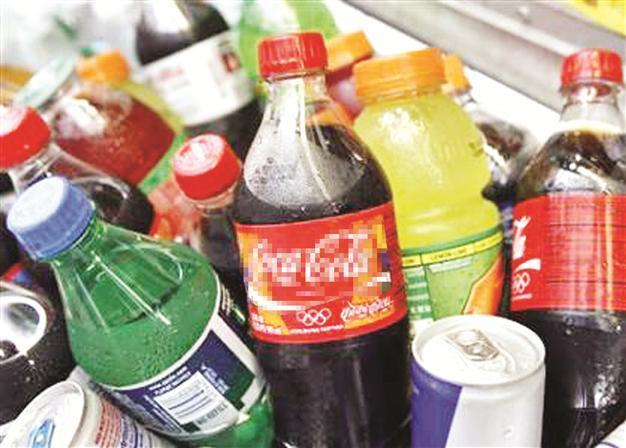Soda links to obesity, new research suggets
NEW YORK - Reuters

Strongest evidence of the obesity is sugary drinks. Sodas plays a leading role and
that eliminating them would, makes a hıge difference, a new research suggets. REUTERS photo
As people debate what is most to blame for obesity epidemic, researchers say they have the strongest evidence yet that sugary drinks play a leading role and that eliminating them would, more than any other single step, make a huge difference. Three studies published in the New England Journal of Medicine represent the most rigorous effort yet to see if there is a link between sugar-sweetened beverages and expanding U.S. waistlines.
“I know of no other category of food whose elimination can produce weight loss in such a short period of time,” said Dr. David Ludwig, director of the New Balance Foundation Obesity Prevention Center at Boston Children’s Hospital, who led one of the studies. “The most effective single target for an intervention aimed at reducing obesity is sugary beverages.” Previous research on the subject has been mixed, and beverage makers fiercely contest the idea that a single source of daily calories can bear so much responsibility.
“We know, and science supports, that obesity is not uniquely caused by any single food or beverage,” said the American Beverage Association (ABA) in a statement. “Studies and opinion pieces that focus solely on sugar-sweetened beverages, or any other single source of calories, do nothing meaningful to help address this serious issue.”
The NEJM studies, as well as an editorial and opinion pieces on the topic of sugary drinks and obesity, land as concern about obesity and its impact on public health is rising.
A report released this week projected that at least 44 percent of U.S. adults could be obese by 2030, compared to 35.7 percent today, bringing an extra $66 billion a year in obesity-related medical costs.
Last week, New York City adopted a regulation banning the sale of sugary drinks in containers larger than 16 ounces at restaurants and other outlets regulated by the city health department.
Sugary drinks are in the crosshairs because from 1977 to 2002 the number of calories Americans consumed from them doubled, government data show, making them the largest single source of calories in the diet. Adult obesity rates, 15 percent in the late 1970s, more than doubled in that period.
The ABA points out, however, that consumption has since fallen, yet obesity rates keep rising.
